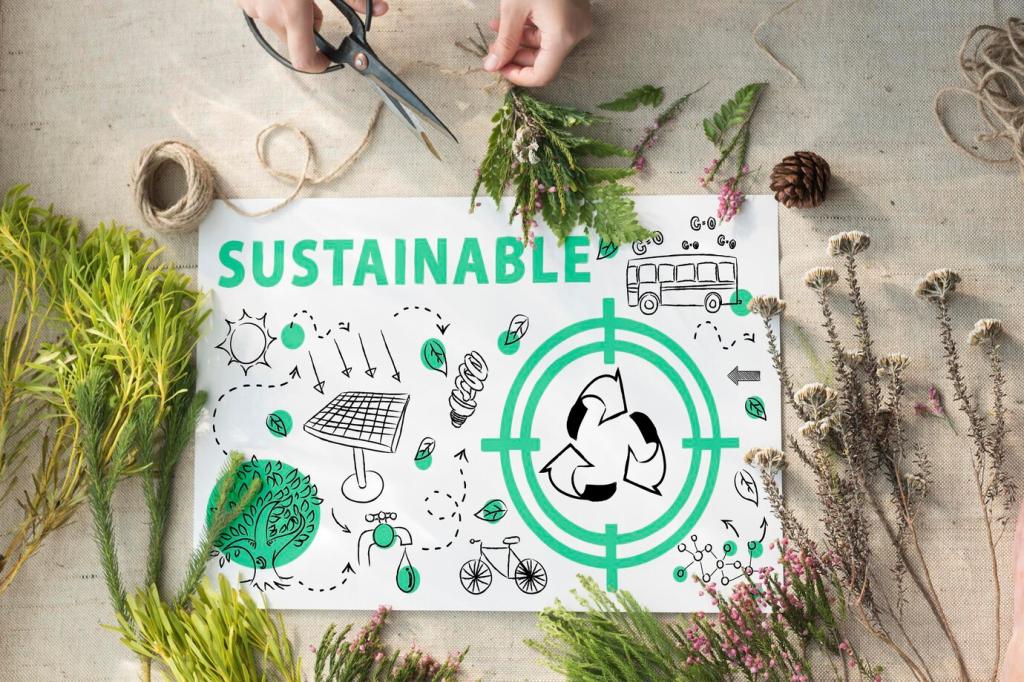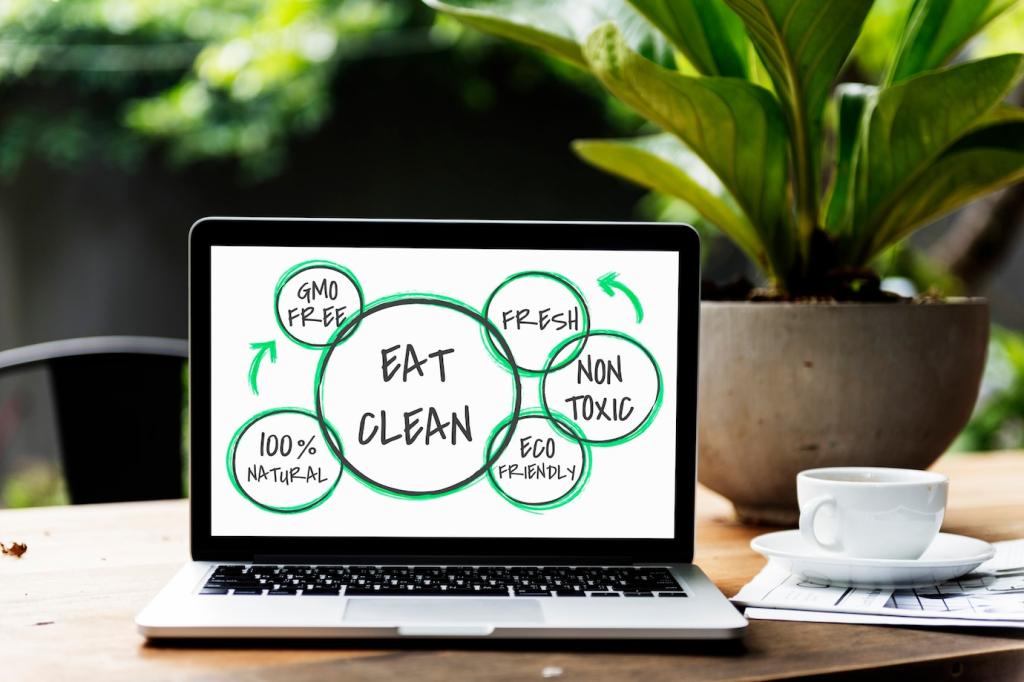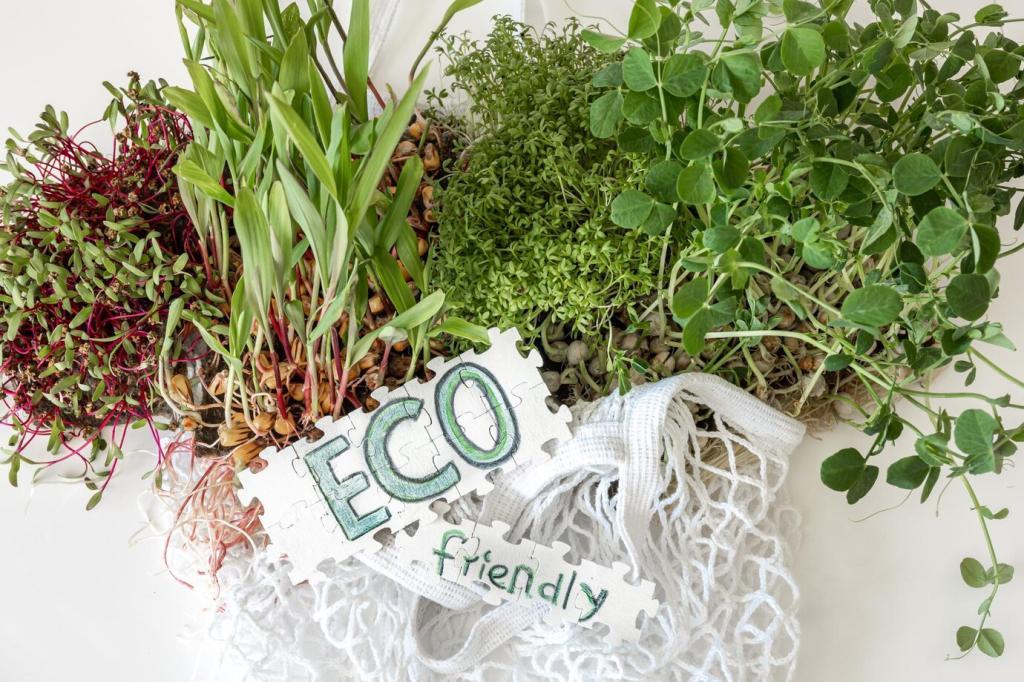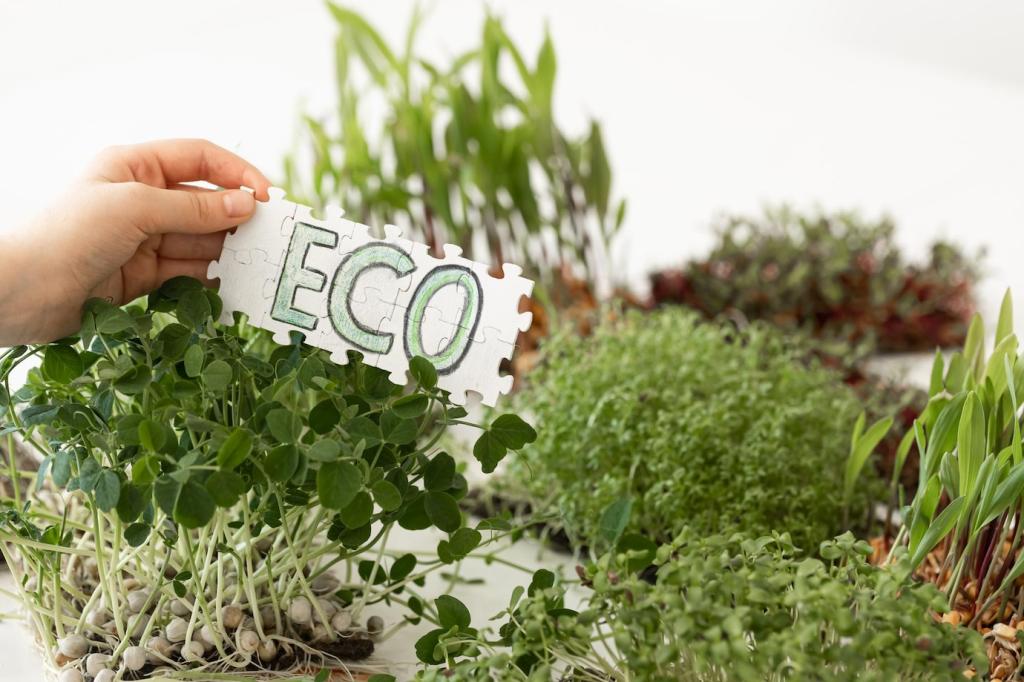Tone and Voice in Sustainable Construction Copy
Today’s chosen theme: Tone and Voice in Sustainable Construction Copy. Discover how to craft a credible, human, and purpose-driven brand voice that makes complex sustainability stories clear, compelling, and unmistakably yours.

What Tone and Voice Mean for Green Building Brands
Voice: Your Constant Character
Voice is the recognizable personality of your brand—steady across case studies, RFPs, site signage, and social posts. In sustainable construction copy, that means sounding informed, grounded, and compassionate, even when discussing dense technical topics.
Tone: Adaptive to Moment and Audience
Tone shifts with context. A proposal may be measured and precise; a community newsletter can be warm and reassuring. Keeping tone adaptable helps your sustainability message resonate without losing the brand’s core integrity or clarity.
Why It Matters: Trust and Differentiation
In a crowded market, a defined voice builds trust. One regional contractor doubled newsletter engagement after clarifying tone guidelines, because readers finally recognized a consistent, believable perspective on sustainable construction.

Blending Science and Story: Making Impacts Feel Real
Lead With Outcomes, Support With Methodology
Open with tangible benefits—reduced energy intensity, improved daylight autonomy, lower embodied carbon—then cite methods such as LCA, EPDs, or ASHRAE baselines. This sequence respects rigor while helping nontechnical readers grasp why the numbers matter.
Micro-Narratives From Site to Street
A superintendent’s note about cooler corridors after exterior shading went live can humanize climate strategies. Small, true stories translate performance into lived experience, showing how thoughtful design affects comfort, pride, and neighborhood well-being.
Readable Rhythm for Complex Content
Use shorter sentences, layered headings, and concrete verbs. Replace abstractions with specific actions—commissioned, retrofitted, verified. Precision paired with rhythm makes sustainability copy easier to scan and harder to forget.



Credibility: Data, Standards, and Clear Claims
Reference LEED, BREEAM, WELL, or PAS 2080 where relevant, explaining exactly what was achieved. Make distinctions between certification targets, earned ratings, and in-progress strategies to prevent confusion and preserve credibility.


Credibility: Data, Standards, and Clear Claims
Numbers need baselines. Say “28% lower energy use than ASHRAE 90.1-2019 baseline, verified post-occupancy” rather than “significant savings.” Anchored comparisons make performance legible and reduce room for misinterpretation or doubt.
Emotion Without Greenwashing
Favor phrases like “we’re advancing,” “we learned,” and “we validated” over superlatives. Readers sense sincerity, especially when you show progress step by step rather than claiming perfection on day one.
Emotion Without Greenwashing
If a low-carbon material extended lead time, say so—and explain mitigation strategies. Transparent discussion builds respect and demonstrates that sustainability decisions are practical, negotiated, and ultimately responsible.


Clarity, Jargon, and Multilingual Nuance
Start with everyday language: “better insulation keeps heat inside,” then layer technical detail: “improved R-values and continuous insulation reduce thermal bridging.” This laddering protects comprehension while honoring expert readers’ needs.



Calls to Action That Move Projects Forward
Invite readers to “download the embodied carbon checklist,” “book a net-zero feasibility chat,” or “view the commissioning playbook.” Each call to action promises a clear benefit aligned with sustainability outcomes.
Calls to Action That Move Projects Forward
Provide concise forms, transparent privacy notes, and a named contact. Offer both a quick-read summary and a deep-dive PDF so different stakeholders can engage at the level that fits their responsibilities.
